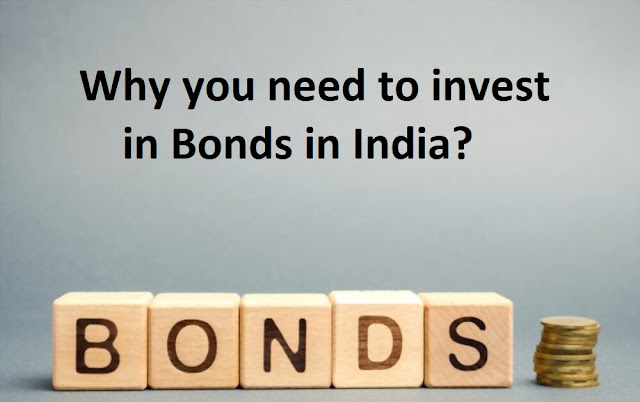What are the benefits of Investing in Bonds
Investors who are wondering when it's safe to get back into bonds have one thing going for them: They recognize a real risk that many don't.
But the question still heads down the wrong path. Generalizations about the timing of getting into and out of asset classes are rarely accurate, and they distract from the more productive goal of focusing on what you can do to maintain your long-term financial health. The answers to several other questions about bonds, however, may help in determining an appropriate investment strategy to meet your goals.
Before we talk about the state of the bond market, it is important to discuss what a bond is and what it does. Although there are some technical differences, it is easiest to think of a bond as a tradable loan. Bonds are obligations of the issuer, acting as a borrower, to repay a certain sum with interest to the lender, or bondholder. Bonds are generally issued with a $1,000 "par" or face value, and the bond's stated interest rate is the total annual interest payments divided by that initial value of the bond. If a bond pays $50 of interest per year on an initial $1,000 investment, the interest rate will be stated as 5 percent.
Simple enough. But once the bonds are issued, the current price or "principal" value, of the bond may change because of a variety of factors. Among these are the overall level of interest rates available in the market, the issuer's perceived creditworthiness, the expected inflation rate, the amount of time left until the bond's maturity, investors' general appetite for risk, and supply and demand for the particular bonds in India.
Though type of Bonds are typically perceived as (Secondary Bonds) safer investments than stocks, the reality is slightly more complex. Once bonds trade on the open market, an individual company's bonds will not always be safer than its stocks. Both stock and bond prices fluctuate; the relative risk of an investment is largely a factor of its price. If all types of markets were completely efficient, it is true that a bond would always be safer than a stock. In reality, this is not always the case. It's also entirely possible that a stock of one company may be safer than a bond issued by a different company.
The reason a bonds investment is perceived as safer than a stock investment is that bondholders are ranked more highly than shareholders in the capital structure of an organization. Bondholders are therefore more likely to be repaid in the event of a bankruptcy or default. Since investors want to be compensated with added return for taking on additional risk, stocks should be priced to provide higher returns than bonds in accordance with this higher risk. As a result, the long-term expected returns in the stock market are generally higher than the expected return of bonds. Historical data have borne out this theory, and few dispute it. Given this information, an investor looking to maximize his or her returns might think that bonds are only for the faint of heart.
Why Invest In Bonds?
Even an aggressive investor should pay some attention to bonds. One benefit of bonds is that they have a low or negative correlation with stocks. This means that when stocks have a bad year, bonds as a whole do well; they "zag" when stocks "zig." In every calendar year since 1977 in which large U.S. stocks have had negative returns, the bond market has had positive returns of at least 3 percent.
Importance of Investing in Bonds also have a higher likelihood of preserving the dollar value of an investment over short periods of time, since the annual return on stocks is highly volatile. However, over longer periods of 10 years or more, well-diversified stocks virtually guarantee investors a positive return. If an investor will need to withdraw money from his or her bonds portfolio within the next five years, conservative bonds are a sensible option.
Even if you are not going to withdraw from your portfolio, conservative bonds provide an option on the future. In a downturn, you can redeploy the preserved capital into assets that have effectively gone on sale during the market decline. Bonds in a portfolio reduce volatility, cover short-term cash needs and preserve "dry powder" to deploy opportunistically in a market downturn. These are all sensible uses. On the other hand, overinvesting in bonds can pose more risks than investors may realize.


Comments
Post a Comment